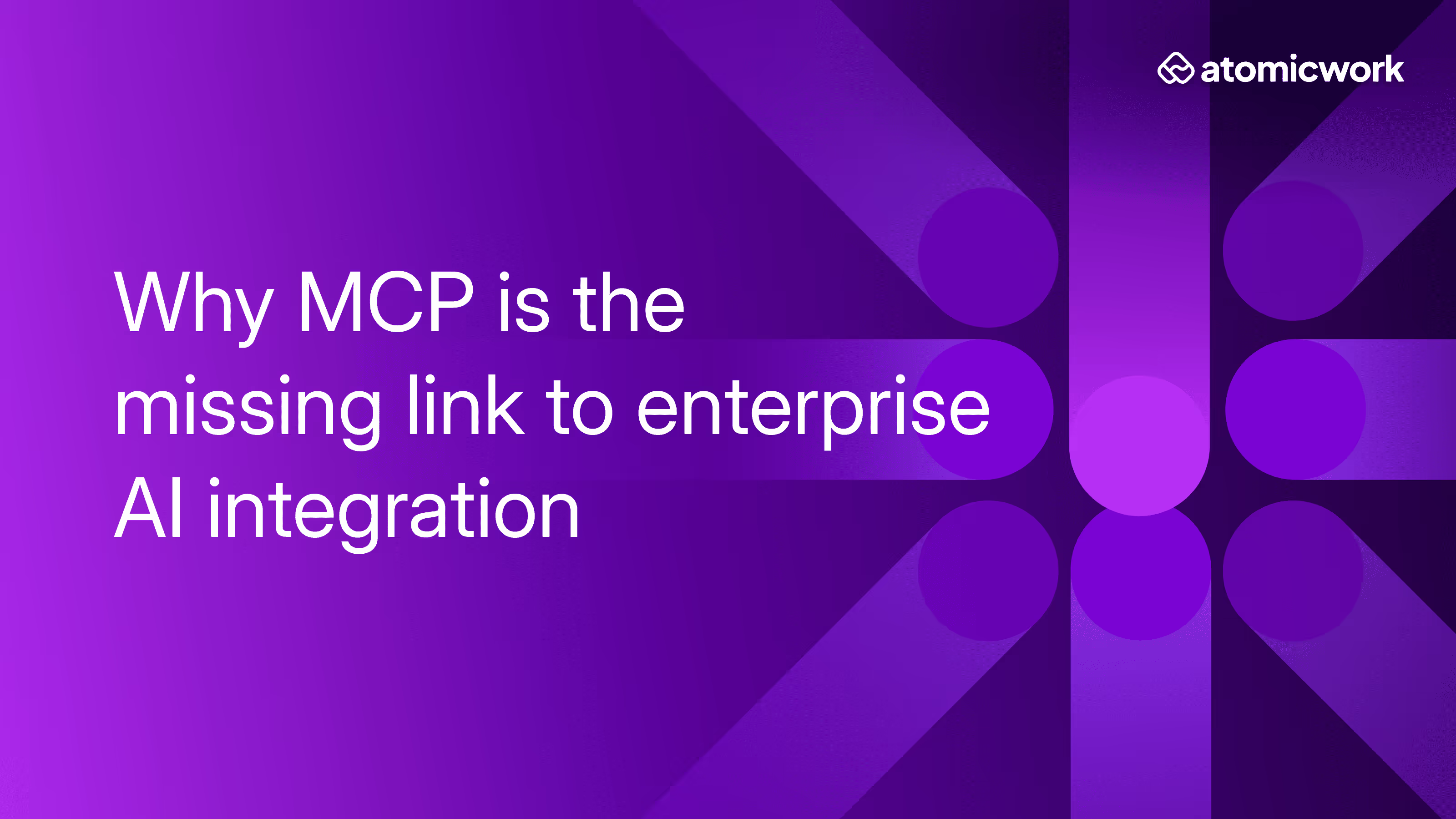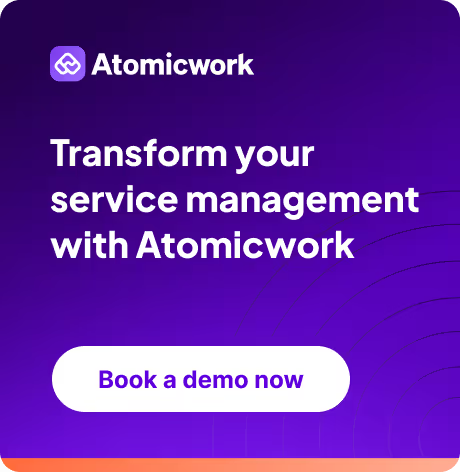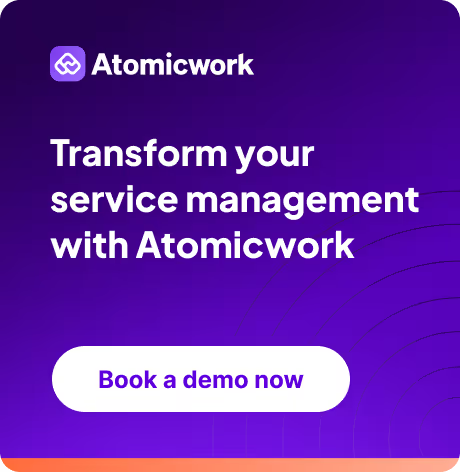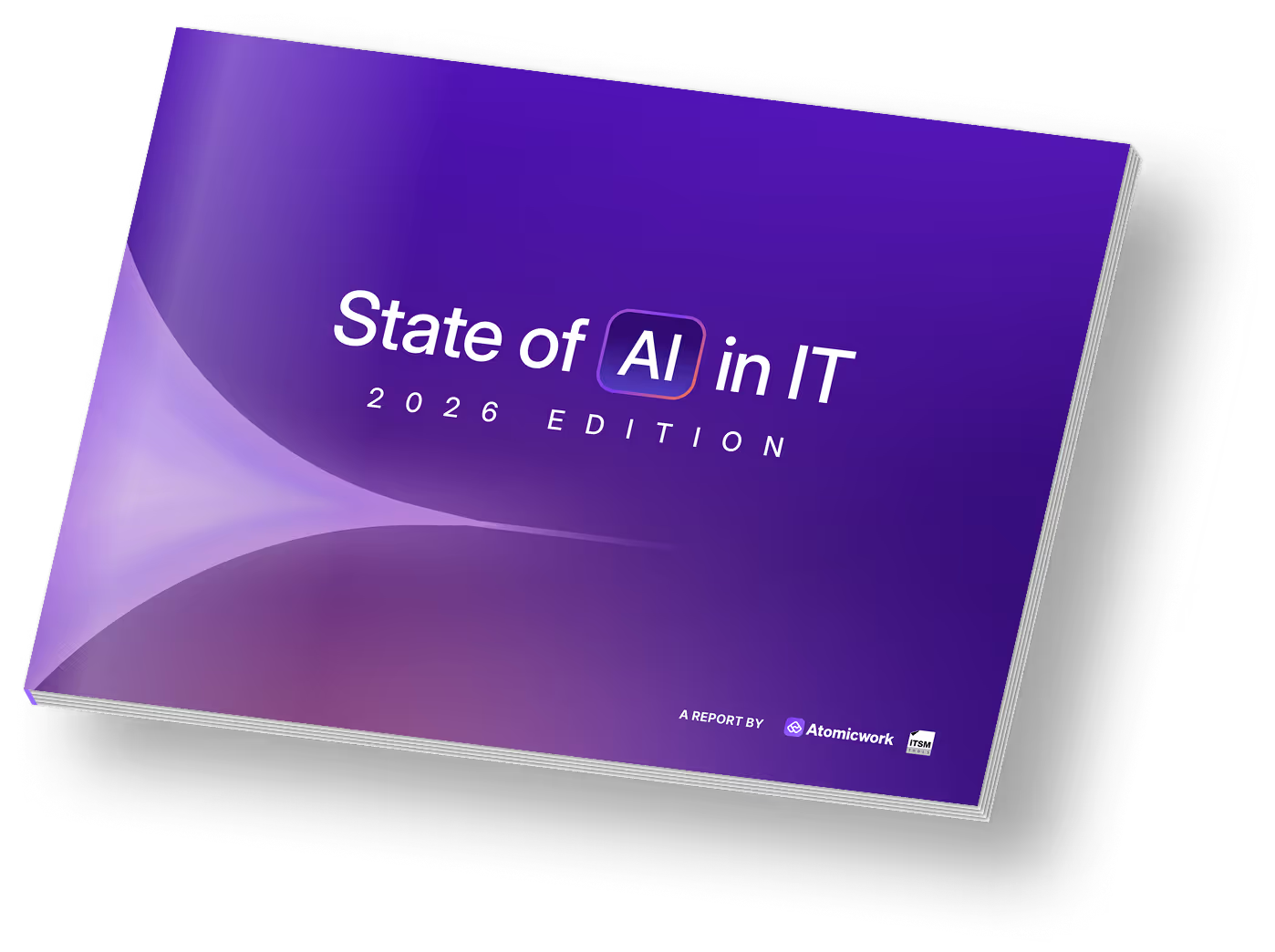Making the ITSM ROI case for AI-driven Modernization
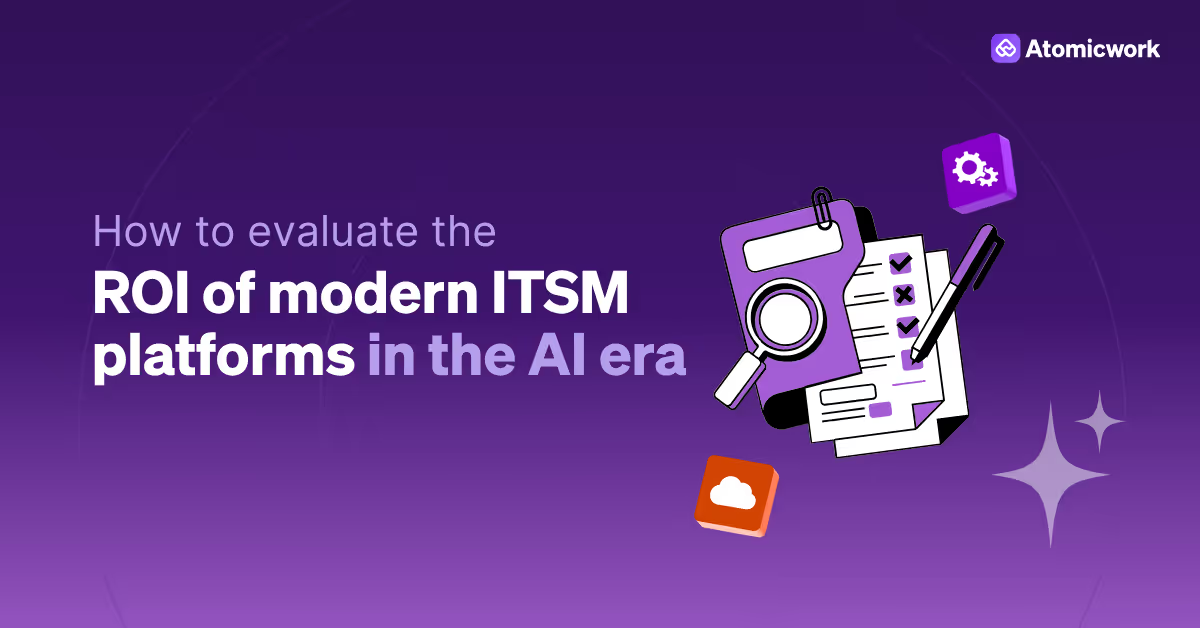
Let’s address the elephant in the room: legacy ITSM platforms are quietly bleeding your IT team’s time, your end-users’ patience, and your bottom line. And while forward-thinking CIOs are eyeing modern, AI-native ITSM solutions for their speed, intelligence, and user-centricity, convincing the rest of the leadership team takes more than just another shiny demo.
Because when you say “AI,” your CFO hears “expensive experiment.” And if your ROI pitch still hinges on cost per ticket, you’ve already lost the room.
Here’s the uncomfortable truth: traditional ITSM ROI frameworks are outdated. They obsess over cost savings, while the real value of AI shows up in the speed of work getting done, happier employee experience, and an uptick in organizational agility. It’s not about spending less but scaling faster and smarter.
The new ROI playbook starts here.
Our latest 2025 State of AI in IT report revealed a clear pattern: organizations that invest meaningfully in AI (think 10%+ of the IT budget) are more likely to see positive ROI. In fact, 71% of successful outcomes came from adequately funded AI initiatives.
So, what does a high-impact ROI framework for ITSM modernization actually include?
Here’s what the best-in-class CIOs are considering as a win with AI-first ITSM platforms.
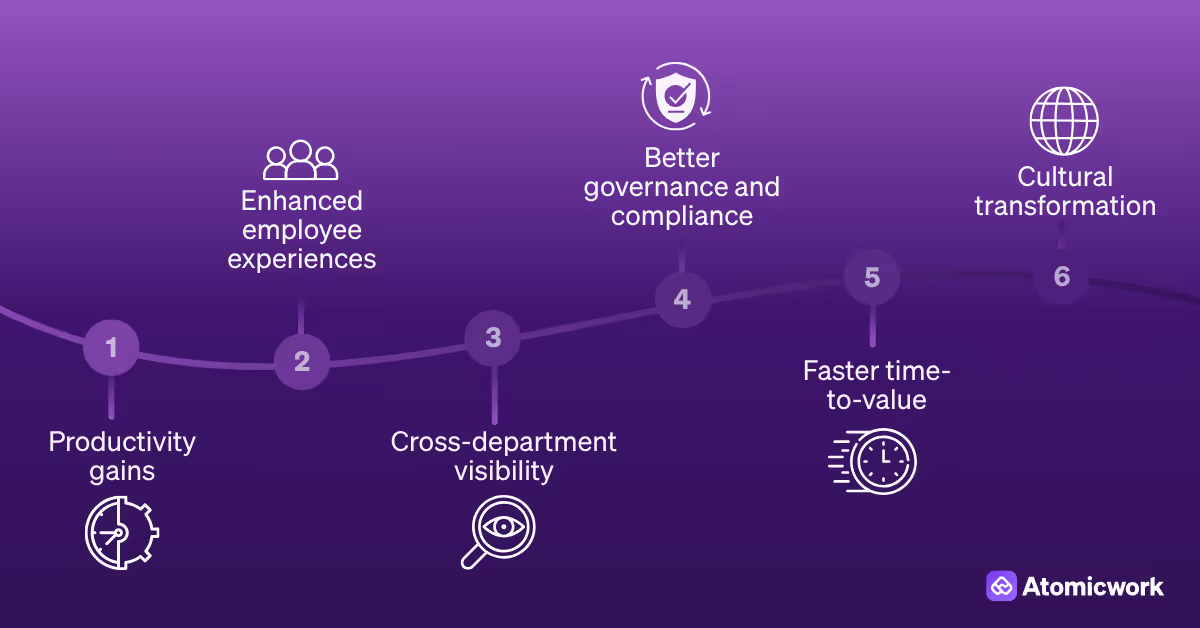
1. Productivity gains that go beyond IT
Yes, AI can automate password resets and provisioning. But the real value is in freeing up humans for higher-order work.
Our data shows employee productivity is the #1 realized benefit of AI adoption (40% of orgs agree). That’s because when employees can self-serve, resolve issues instantly, and skip the ticket ping-pong, everyone from IT to finance to HR moves faster.
2. Experience that doesn’t feel like “IT”
Modern ITSM isn’t about closing tickets faster. It’s about making technology feel invisible. AI-powered assistants provide 24/7, conversational support that feels less like “logging a ticket” and more like “getting things done.” The result is happier employees, fewer bottlenecks, and fewer frantic emails from frustrated employees.
3. Cross-functional visibility that aligns teams
AI-native platforms don’t just improve IT; they create shared knowledge and alignment across departments. With intelligent workflows and centralized data, your enterprise teams can stop duplicating work and start working together.
IT becomes more than a service desk; it becomes a strategic partner embedded in every department’s success.
4. Governance that doesn’t slow you down
AI-driven ITSM platforms like Atomicwork are cautious to design with governance and security in mind. From automated audit trails to policy-based enforcement, you can manage risk without adding overhead.
Moreover, with all service activity in a single system, organizations gain greater visibility into operations, enabling better reporting, SLA enforcement, and policy alignment.
5. Time-to-value that respects your timeline
Modern platforms come with pre-built models, automation templates, and intuitive UIs that get you from implementation to impact in record time. Their ability to quickly deploy, onboard departments, and evolve as per modern needs means that you can realize ROI faster.
We were able to deploy Atomicwork and replace a number of incumbent solutions within 6 weeks. We have already seen significant improvements across ticket deflection, self-service, and most importantly, employee experience. Moving to the Atomicwork solution also reduced our TCO by consolidating 3 different solutions into one platform. - Ryder Hampton, Head of Technology- Enterprise Services at PepperMoney
6. Agility that scales with your ambition
AI-driven ITSM modernization doesn’t just solve today’s problems. It builds a foundation for continuous transformation: adaptable architecture, flexible integrations, and a culture that’s ready to evolve. This includes the ability to support future growth, adapt to new use cases, and respond to organizational changes.
Building the trust-investment-success cycle
Here’s the real takeaway: the organizations seeing the biggest gains aren’t just investing in AI, they believe in it. And that trust creates a feedback loop: the more they invest, the more success they see, and the more organizational confidence they build.
For CIOs, this isn’t about justifying spend. It’s about staking a claim on the future of IT and showing the business why AI isn’t an experiment but a long-term investment.
We’ve built a detailed ROI framework guide to help executives present a real business case that moves the boardroom, packed with proven templates, real-world examples, and a fresh approach to measuring what actually matters.

You may also like...

